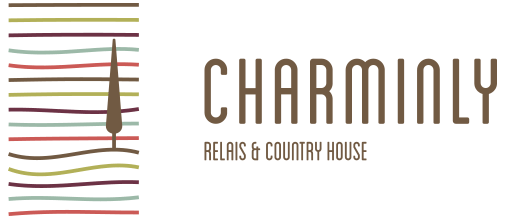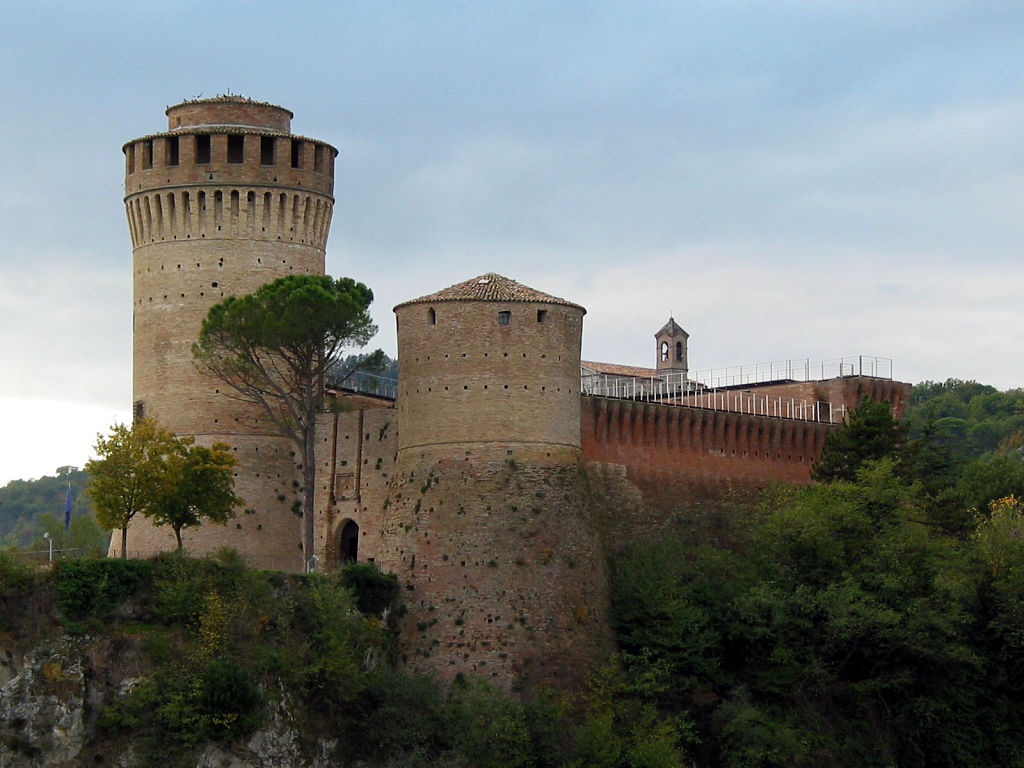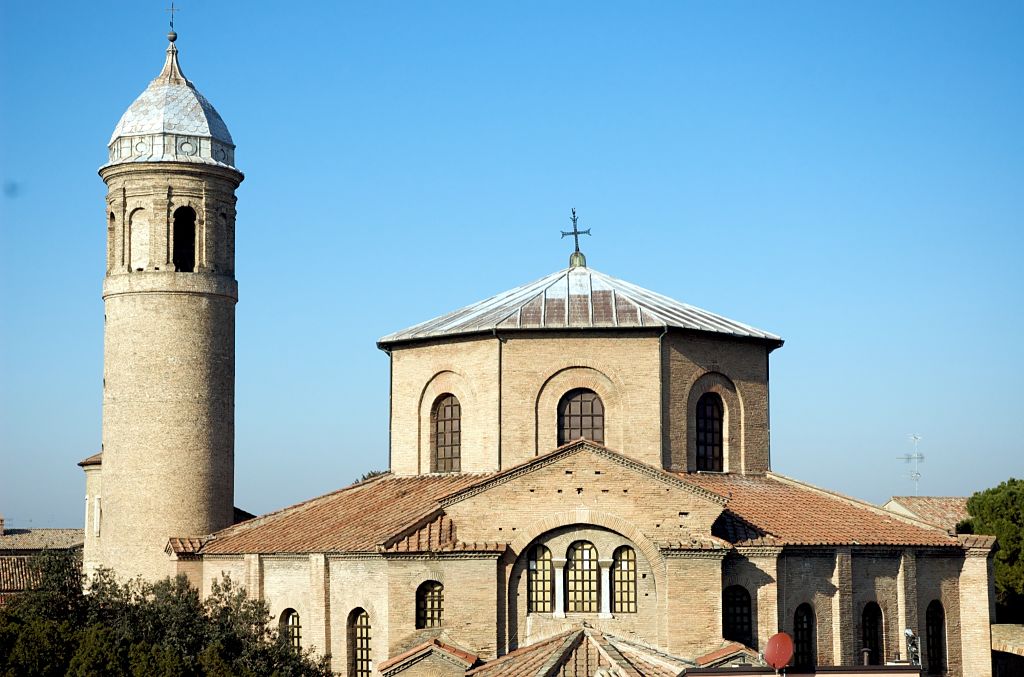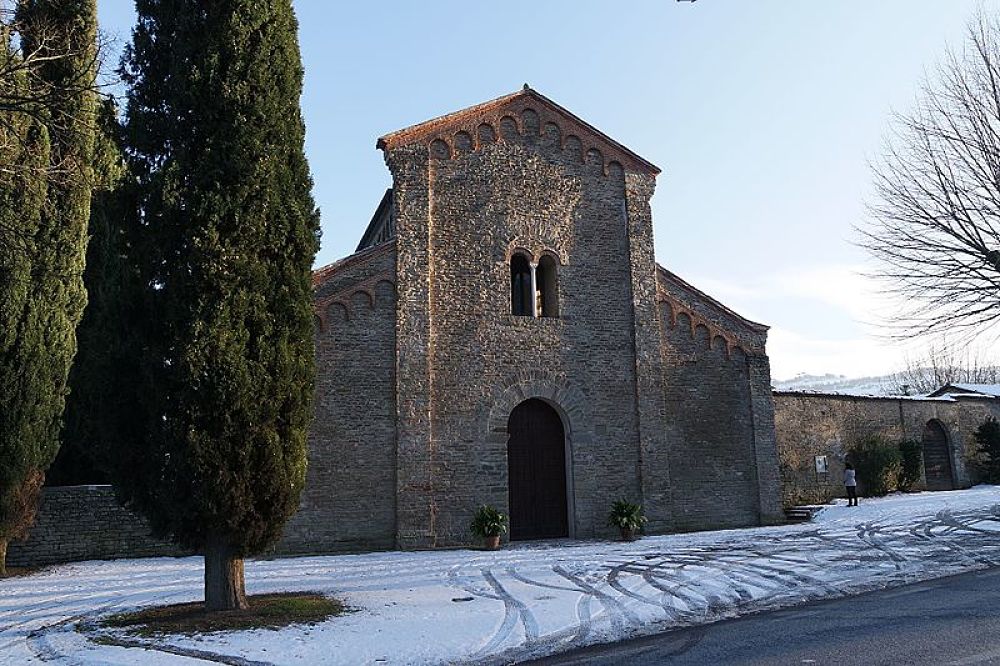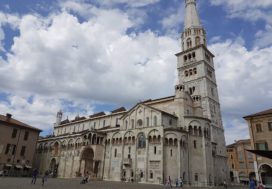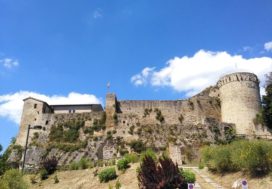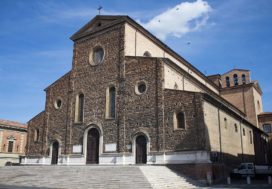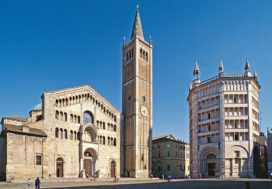FAENZA
In Faenza you can visit the International Ceramic Museum (MIC), founded in 1908 after a international exhibition. Today the museum is full of extraordinary pieces, showed together with educational workshops, a library and many events organized during the year. In addition, every year the Faenza Prize biennial involves artists from around the world to compete for their inclusion in the Hall of Fame.
BRISIGHELLA
In the village of Brisighella you will find the Rocca dei Veneziani, a magnificent fortress built in the early sixteenth century. Today it houses the Museum of Man and Plaster, located in the Manfrediana Tower.
Next to the Rocca you will find the Clock Tower, located in a small fortress that provide the defense for the whole territory together with the Rocca. The tower and the fortress date back to the end of the twentieth century, while the characteristic clock with a six-hour dial was installed suring the nineteenth century.
RAVENNA
The city of Ravenna has a great history and its early Christian monuments are included in the list of UNESCO World Heritage Sites. Among these the Theodorean Mausoleum, the tomb of the King of the Ostrogoths built in 520. The mausoleum is formed by a decagonal base and a circular roof. In the center, you will find the red sarcophagus that once contained the king’s body.
The Basilica of San Vitale dates back to 530 and is a beautiful example of harmonious union between Roman and Byzantine architecture. Inside there are precious mosaics, one of the most beautiful ones representing Justinian I and the court and Teodora and her ladies.
The Battistero Neoniano, also called the Orthodox Baptistery, is one of the most ancient Christian monuments of Ravenna. Inside, the dome is completely decorated with mosaics divided into three concentric rings. In the middle, the representation of Saint John the Baptist stands out as baptizing Jesus. In the center of the building there is the marble baptismal bathtub, also an octagonal plant like the baptistery.
CASTROCARO TERME
Terra del Sole is a small district of Castrocaro Terme. The village was built by Cosimo I de ‘Medici, and was known as the “fortress city”. Today the old town is well preserved and his walls have a rectangular perimeter of about 2 km, with massive bastions at the corners.
CASOLA VALSENIO
Just a short walk from the village of Casola Valsenio, you can visit the Abbey of Valsenio. Founded by the Benedictine monks around the year 1000, it is formed by the Church, the Cloister and the canonical. An old well is still working and supplies drinking water.
The Garden of Herbs Augusto Rinaldi Ceroni is a garden of officinal herbs bearing the name of its founder, who started it in 1938. The garden was born as a support to the Agrarian Institute, and over the years has played an important role in teaching and preserving the territory. In the garden you can attend to many events such as the Forgotten fruits Festival and the markets of Casol Aromatica, where you can know essences and fragrances.


